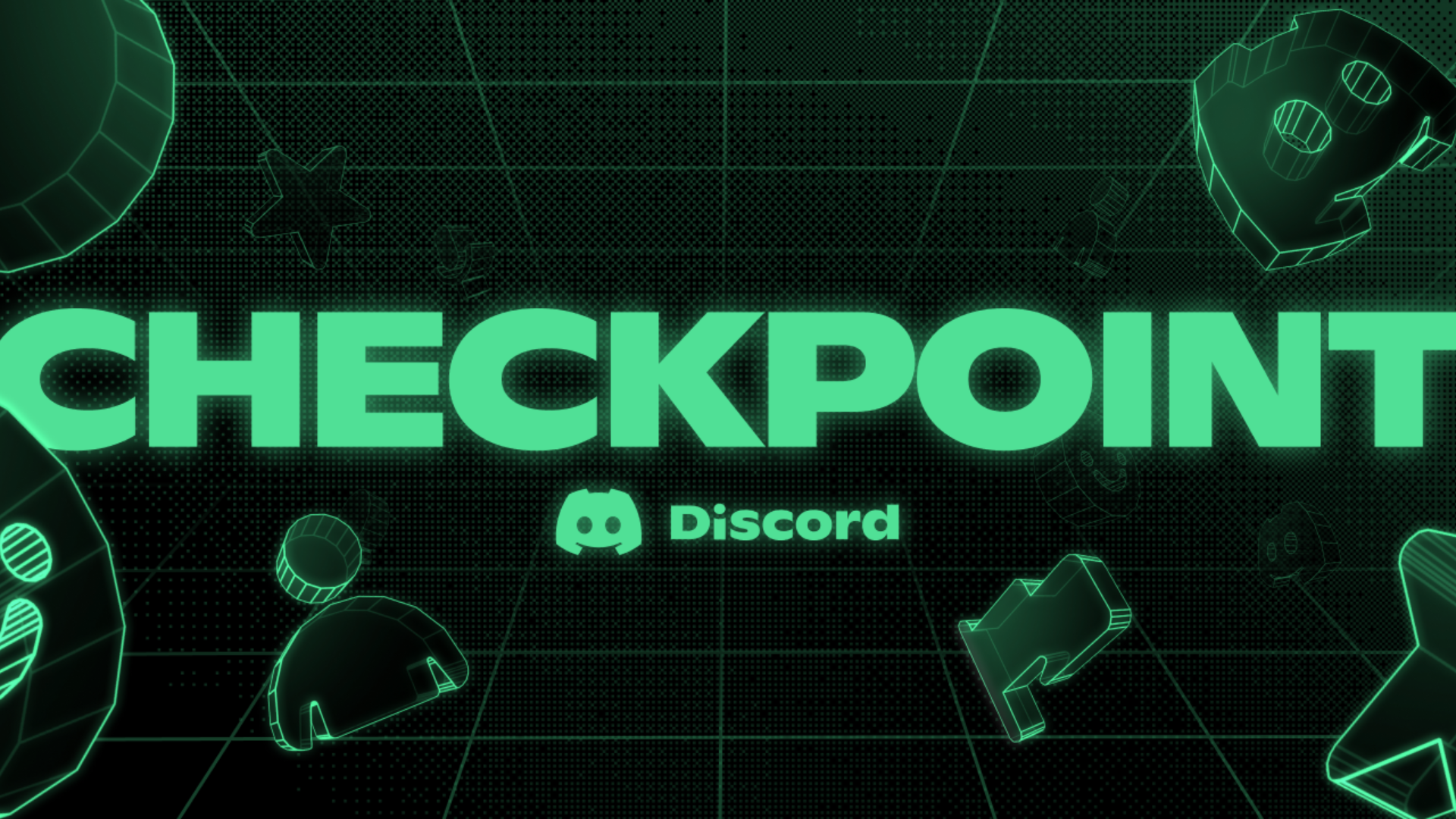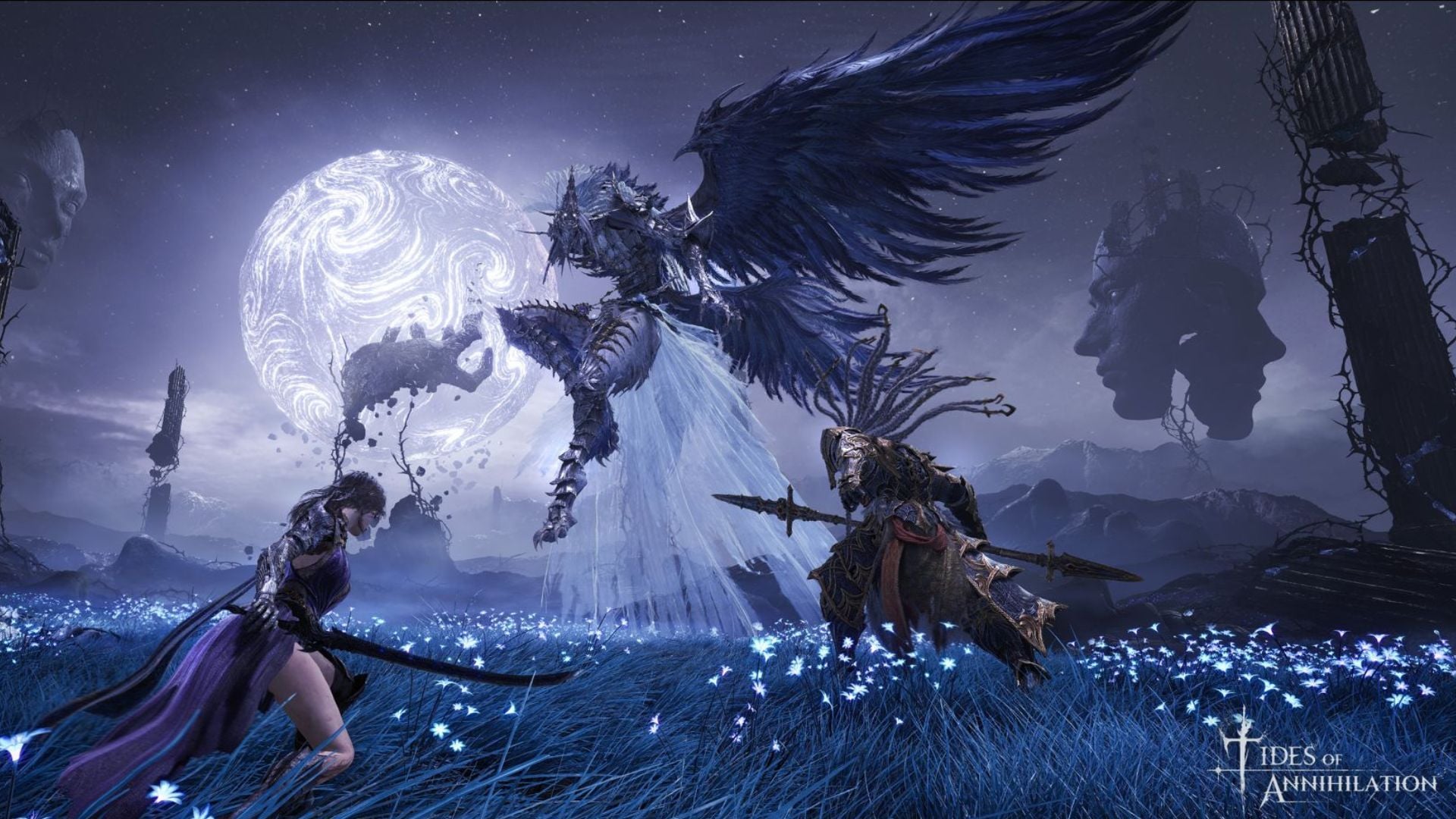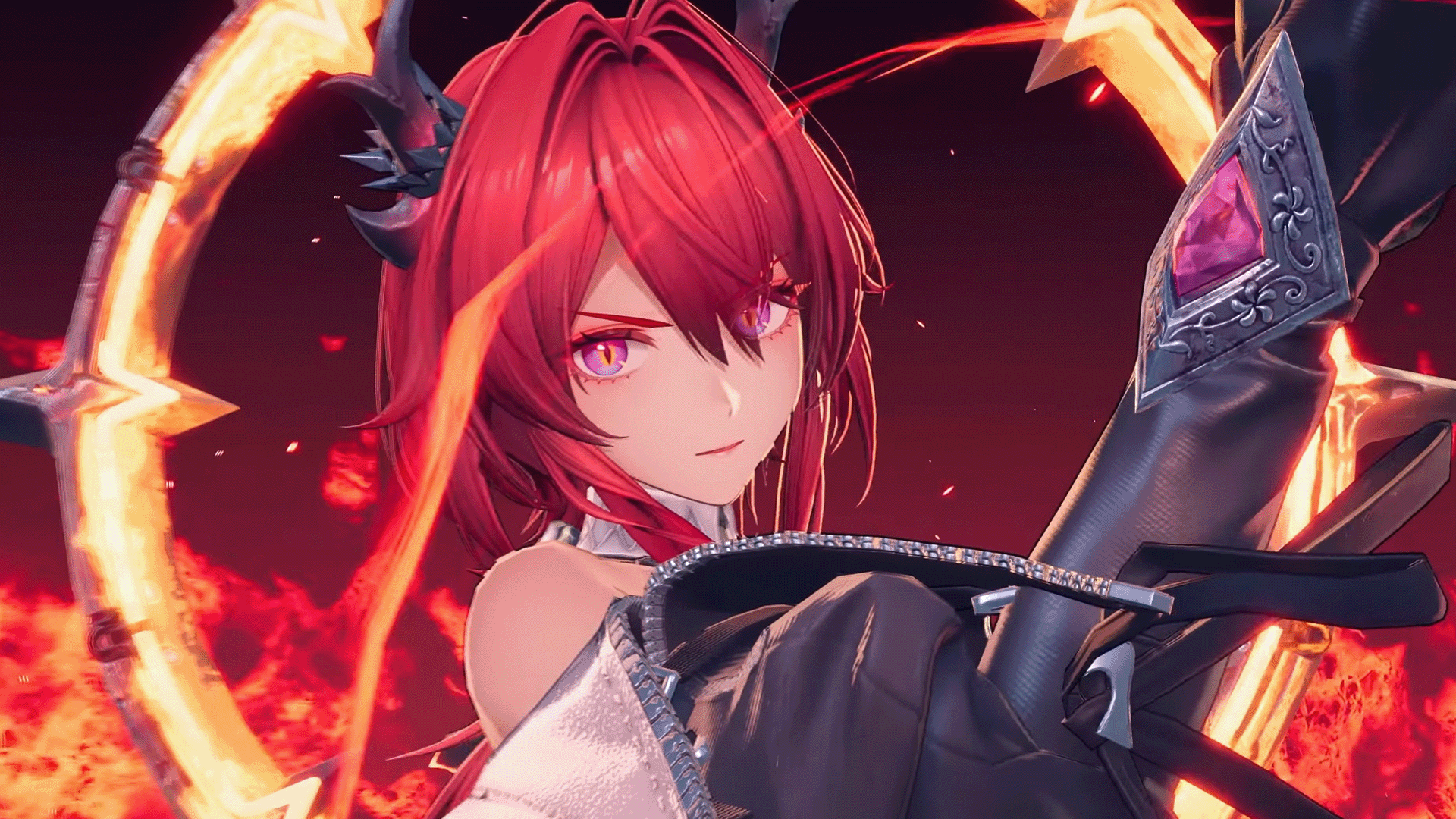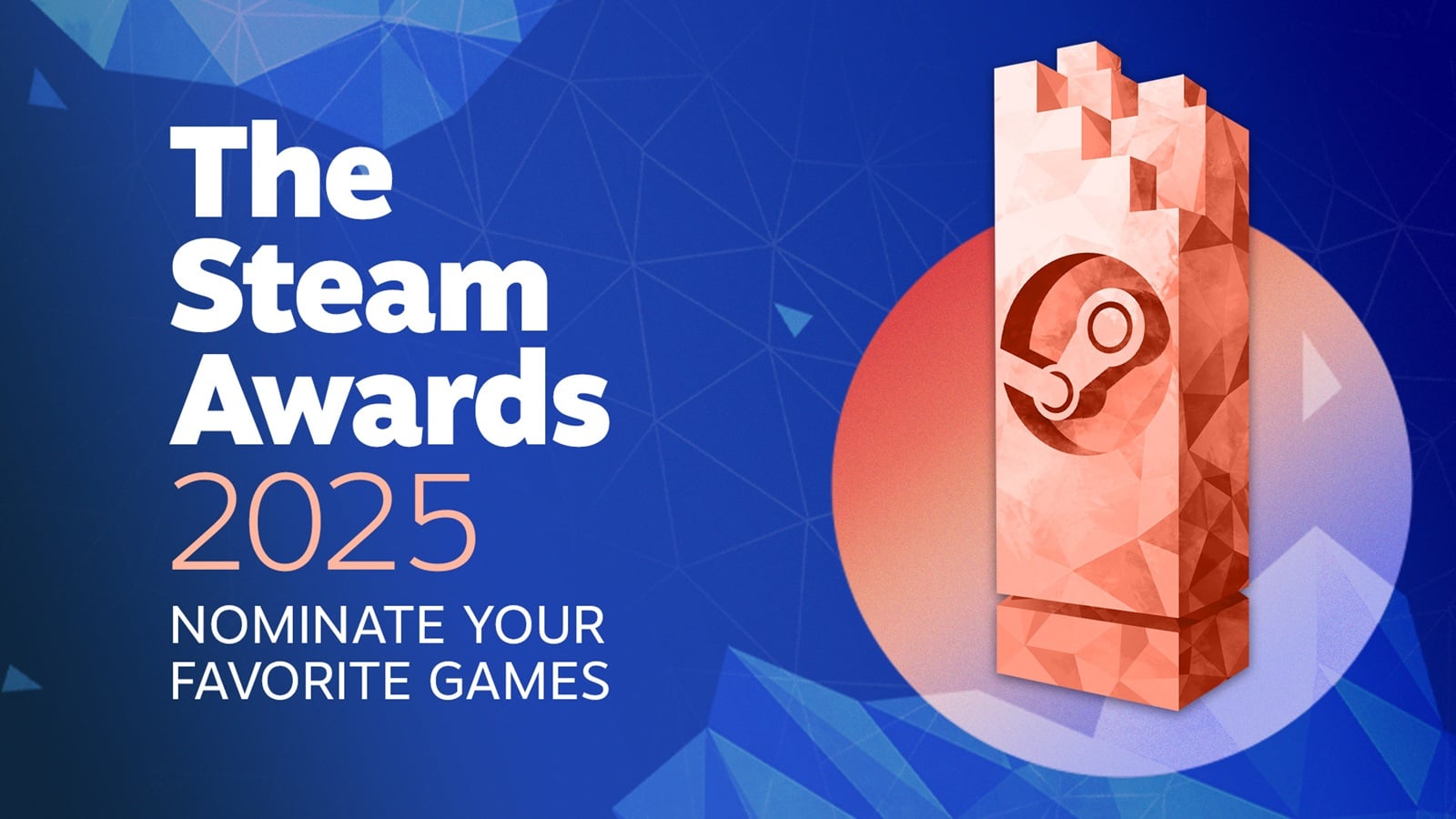There was a time when $1 billion was a heck of a lot of money, even in Silicon Valley. That was before Facebook had gobbled up Instagram, WhatsApp, and Oculus—back when David Karp was just piecing together Tumblr. When Google bought upstart video site YouTube in 2006, many were shocked at the price tag: $1.65 billion. Did the site have staying power? Could it fend off the lawyers lining up to sue it for copyright infringement? Could it monetize?
YouTube went on to become the third-largest website in the world, earning multiple times its purchase cost every year. The move was a calculated risk on Google’s part, but it paid off. And now YouTube is poised to follow in its owner’s footsteps.
On Sunday night, rumors began circulating that YouTube was in talks to buy a company called Twitch for $1 billion. The rumors were followed by an article in Variety claiming the deal was done, and then another in the Wall Street Journal asserting the deal was very much not done, and that the two sides were still in talks. Adding to the confusion was the name Twitch itself, which many people had never heard of, nor ever expected to appear in the same sentence as “YouTube” and “$1 billion.”
Even former Reuters finance blogger Felix Salmon seemed befuddled by the whole deal:
There’s a consumer-internet company called Twitch. Which is apparently worth $1B to YouTube http://t.co/JvtiVxvPDJ
— Felix Salmon (@felixsalmon) May 18, 2014
Of all the ways one could describe Twitch, “consumer-internet company” seems particularly inadequate. And that $1 billion? If you’ve paid any attention to the streaming company over the past few years, that number actually seems low. In fact, in less than three years, Twitch has accomplished what almost no other video service on the Internet has done: It challenged YouTube, and won.
The secret to Twitch’s success was realizing, in the very early days of live Web streaming, that people really liked to watch other people play video games. And to be fair, Twitch had something of a head start in that department. The whole company was originally just a spinoff of livestream pioneer Justin.tv, a site that became famous in the mid-aughts when founder Justin Kan strapped a webcam to his forehead and livestreamed every minute of his life live online. Later on, Justin.tv would become infamous as a den of pirated live television.
Once it purged itself of the piracy, Justin.tv had very little to offer—except when it came to video games. Indeed, while the rest of the site stagnated, the gaming vertical was taking off. And so the cofounders decided to spin that section off into its own site, with Justin.tv cofounder Emmett Shear serving as CEO. Twitch shortly became the hub of a nascent cultural movement that was transforming games from a participatory form of entertainment into a passive one. Video games weren’t just something you played; they were something you watched.
On a basic level, gamers use Twitch to stream live action from whatever game they’re playing—say, something like Minecraft—to their friends and whoever else loads up their stream. There are also streamers who collect a large, regular audience—often professionals whose fans watch to gawk at displays of skill.
At the same time, Twitch has become the de-facto broadcast hub of choice for professional gaming, or esports, tournaments, a rapidly growing industry in its own right. The broadcast for the world championships of League of Legends—a five-a-side fantasy battle arena game and the most popular online game in the world—brought in 32 million total viewers last October.
Twitch’s success, it’s fair to say, caught YouTube by surprise. Gaming was already one of that site’s biggest traffic draws. Its most popular personality is Swedish gamer Felix Kjellberg, better known as PewDiePie, whose frenetic and high-decibel video game playthroughs have helped him amass 26 million subscribers. That’s about 20 million more than popstar Taylor Swift and 15 million more than Katy Perry. Many of YouTube’s other top channels have a gaming slant, including Machinima, with 11 million subscribers, and Rooster Teeth, with 7.5 million.
Few of the videos from those channels are broadcast live, however. By and large, they’re pre-recorded, then packaged and edited slickly into a final product. Twitch’s live broadcasts and hyper-active chat rooms allow for greater interaction and intimacy between personalities and fans. When I interviewed Justin.tv cofounder Justin Kan last October, he spoke of Twitch as less a video platform than a gamer-centered social network. When one of Twitch’s most popular celebrities, Jayson Love, who broadcasts under the name “Man vs. Game,” got married last year, he invited many of his longtime-fans. When one couldn’t afford a plane ticket, the community crowdfunded her trip.
YouTube, meanwhile, cautiously flirted with livestreaming. It introduced an API at the 2013 Game Developer’s Conference, then waited six months before opening up livestreaming to the masses in December. During that time, Twitch solidified its grasp over the audience. CEO Emmett Shear was so confident about Twitch’s superior livestreaming technology that he dismissed YouTube’s efforts as “cute” in a Reddit AMA about a year ago.
“We finally found a niche that YouTube appreciates, but can’t scale as quickly as we can,” COO Kevin Lin added in an interview with the Daily Dot in October.
“We’re specialists. We’re dominant in live technology. Scaling to meet hundreds of thousands of requests per second for one stream is not something that even YouTube has to deal with most of the time.”
As a reward for cornering the market, Twitch grew at an astonishing pace. The site was serving 45 million unique visitors a month at the end of last year, more than double the 20 million it had at the end of 2012. Those visitors watched 12 billion minutes from a total of 6 million videos broadcast. As of February, Twitch was sucking up more peak Internet traffic than Facebook, Hulu, and Apple, according to a report from analytics firm Deep Web.
Twitch hasn’t revealed any recent traffic numbers, but we can only assume it’s gotten bigger. One of the company’s biggest coups last year was getting its app pre-installed on Xbox Ones and Playstation 4s, which have since sold a combined total 11 million units. Twitch is following the next generation of consoles into our homes. It’s growing ludicrously fast—potentially too fast. European users have long complained of low-quality streams and laggy video. And despite a $20 million investment round last fall, Twitch can’t seem to keep up with its own growth.
“The biggest challenge that we face is to match our capacity to deliver video to the audience growth,” Matthew DiPietro, Twitch’s vice president of marketing, told us in January. “It’s not a small task.”
Enter YouTube, a corporate parent with deep pockets and the financial wherewithal to usher Twitch through its growing pains without missing a step. At $1 billion, it would be YouTube’s most expensive acquisition ever.
And it would be a steal.













Published: May 20, 2014 05:30 am